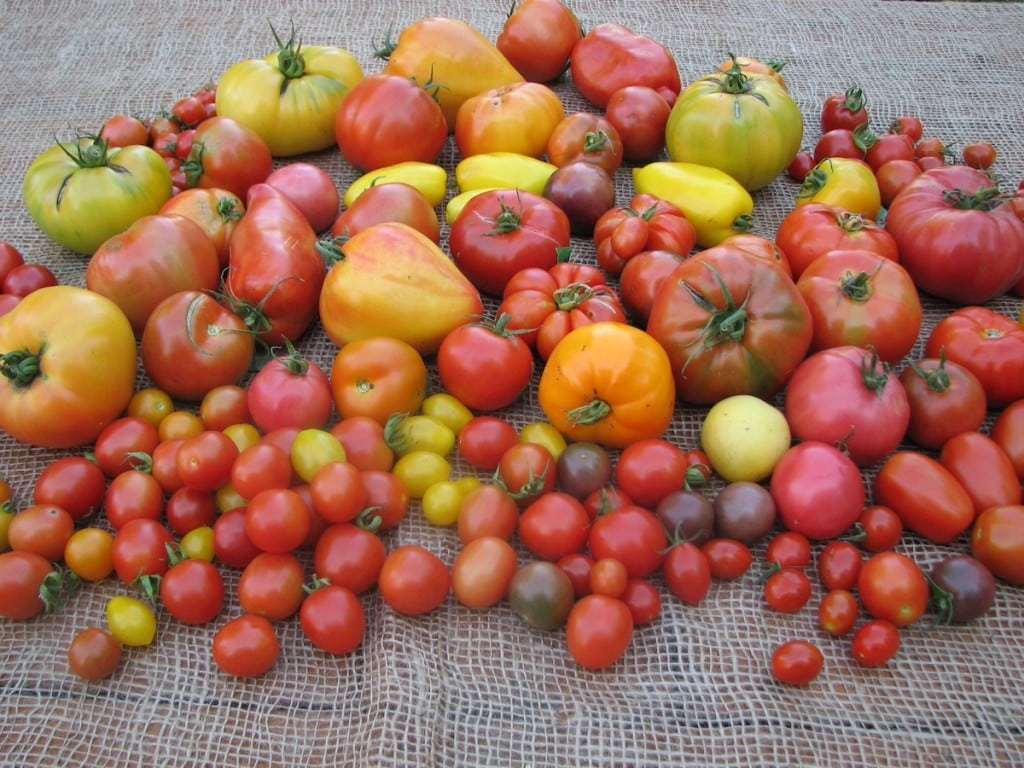
I imagine that, like me, you get great satisfaction from enjoying your delicious tomatoes throughout the summer. But when fall rolls around, maybe you’re worried that the fun will end? Whether you’ve grown just one tomato plant or thirty as I usually do, there are ways to keep enjoying your tomatoes, fresh or processed, for longer.
Stuff Yourself With Tomatoes
Nothing beats the flavor of the first tomatoes freshly picked from the garden. From mid-July to mid-September (or later if your tomatoes are grown in a greenhouse), it’s time to gorge yourself on our delicious fresh tomatoes as they are harvested.
While cherry tomatoes can be enjoyed like candy while gardening, tomato sandwiches and salads of all kinds are enhanced by our tasty garden tomatoes.
When tomato season is in full swing, I pull out my classic recipes such as tomato and onion tart and pasta with sun-dried tomatoes.
Stimulate the Ripening of Tomatoes in the Garden at the End of Summer
Tomatoes are at their best when they ripen on the vine. When fully ripe, tomatoes are tender and their sugar and vitamin content is at its peak.
But when fall is just around the corner and there are still green fruits on the vine, here’s what you can do to stimulate fruit ripening:
- Space out watering when most of the fruit has reached its final size.
- Remove any flowers that have not been pollinated.
- Prune diseased or deficient leaves. Be careful not to strip the plant too drastically, otherwise it will no longer be able to feed itself through photosynthesis.
- Harvest the fruit that is beginning to ripen and continue the ripening process indoors, as I will explain later.
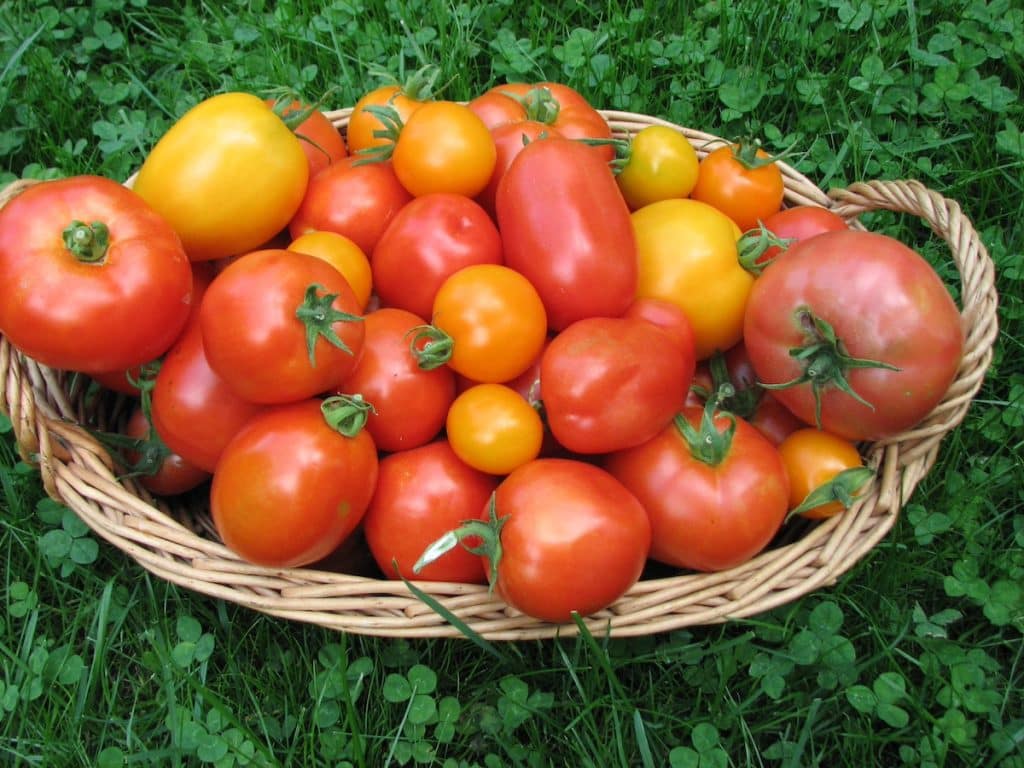
When Cool Weather Sets In
Tomatoes do not like the cold, which affects their flavor. This is why tomatoes should not be stored in the refrigerator if they are to be eaten fresh.
When nighttime temperatures drop below 10°C (50°F), you should consider stimulating the ripening process as explained above.
And if temperatures of 5°C (41°F) or below are forecast for a night or two, you can protect the plants. But when these cold temperatures seem to be here to stay, it is best to harvest all the fruit that has reached its expected size and ripen it indoors.
The Tomato, a Climacteric Fruit
Contrary to popular belief, placing unripe tomatoes on the windowsill will not make them ripen faster.
Tomatoes, like bananas and apples, are climacteric fruits, which means that they continue to ripen after harvesting thanks to the ethylene produced by ripe fruits.
Therefore, the best way to ripen unripe tomatoes is to place them in a closed but not airtight space (avoid plastic). Depending on the quantity of tomatoes to be ripened, you can use a brown paper bag, a cardboard box, or seedling trays covered with a thick cloth. In all cases:
- Avoid letting the fruits touch each other to minimize the risk of diseased fruit contaminating others.
- Inspect your tomatoes regularly.
- Harvest ripe fruits as they appear.
- Discard damaged fruits.
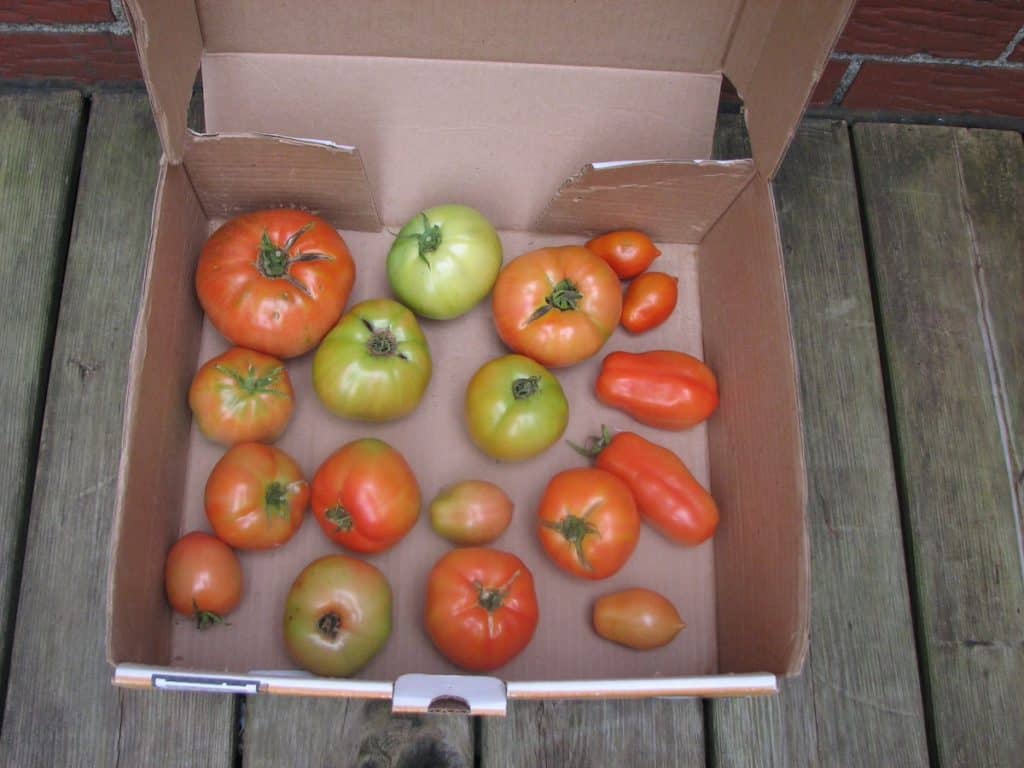
To Speed up Ripening
- Add a ripe fruit (tomato, banana, apple).
- Place everything in a warm place (no more than 30°C/86°F).
To Slow Down Ripening
If you want your tomatoes to ripen gradually so that you can enjoy them fresh for as long as possible, store them in a cool place, between 13 and 16°C/55 and 60°F (never below 10°C/50°F). At this temperature, tomatoes can be stored for two to six weeks. Some years, I still have fresh tomatoes to enjoy as the holidays approach.
Long-Term Storage of Tomatoes
There are several strategies for preserving tomatoes long-term. While freezing is the method that requires the least organization, I must admit I have a soft spot for canning. It is also possible to preserve tomatoes by dehydrating them.
Freezing
Tomatoes can be frozen whole for short-term storage. That’s what I do when my Italian tomato plants start producing and I’m not ready to make my sauce preserves. The method is really simple. Spread the tomatoes on a tray or baking sheet, place them in the freezer for 24 to 48 hours, then bag them. Since tomatoes stored this way take up a lot of space in the freezer, another strategy is to freeze the tomatoes in bags or jars after peeling them. Or even after making delicious sauces.
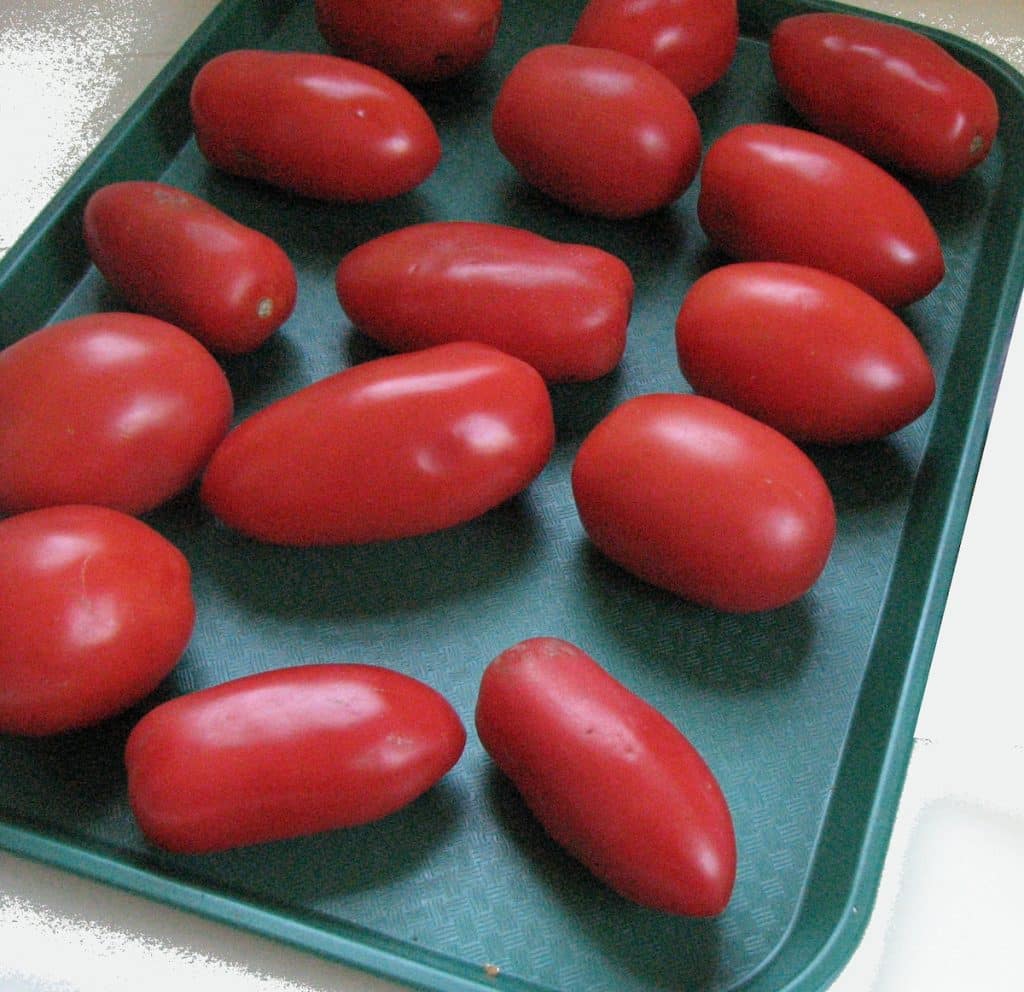
I won’t hide it—my favorite preservation method is canning. Although it takes time and requires a learning curve to adopt safe canning practices, this method offers the advantage of storing our harvests at room temperature. What’s more, unlike freezing, you won’t have to worry about power outages. In fact, the main danger of canning, when done properly of course, is becoming addicted to it.
Canning: two methods
Tomatoes can be canned using two methods: the boiling water method and the pressure canning method. Forget about other methods such as the oven method, which is not safe.
Tomatoes can be canned (with added lemon juice) using the boiling water method. But once tomatoes are mixed with other foods, to make spaghetti sauce for example, it is essential to use an autoclave… after getting to know the beast.
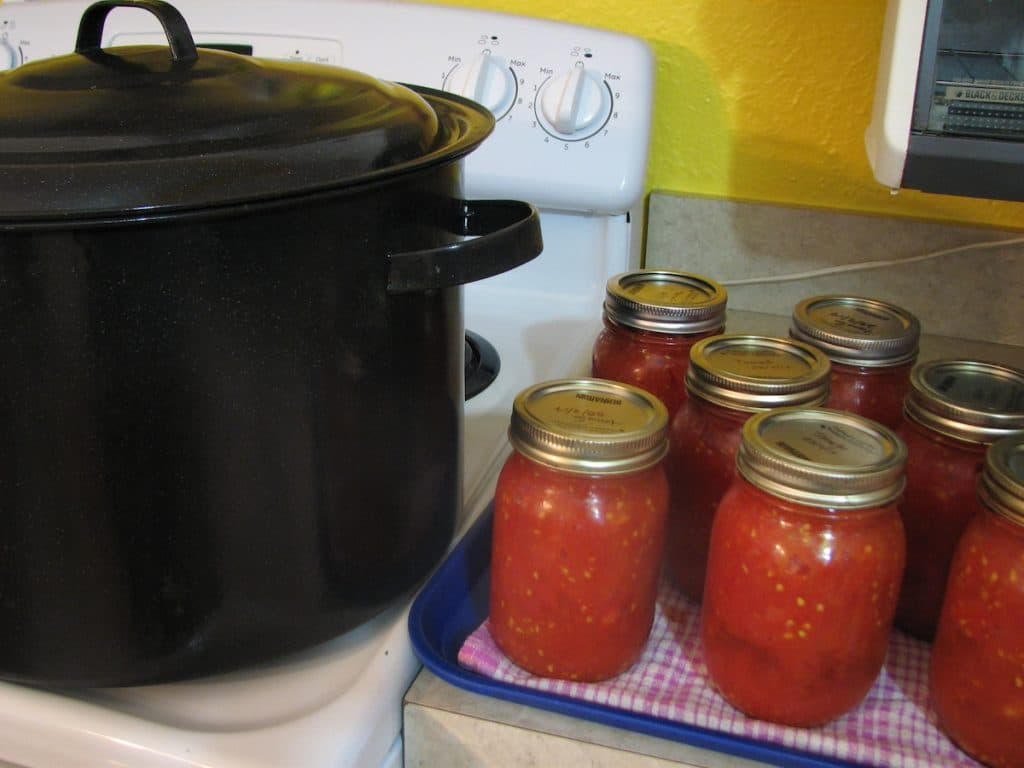
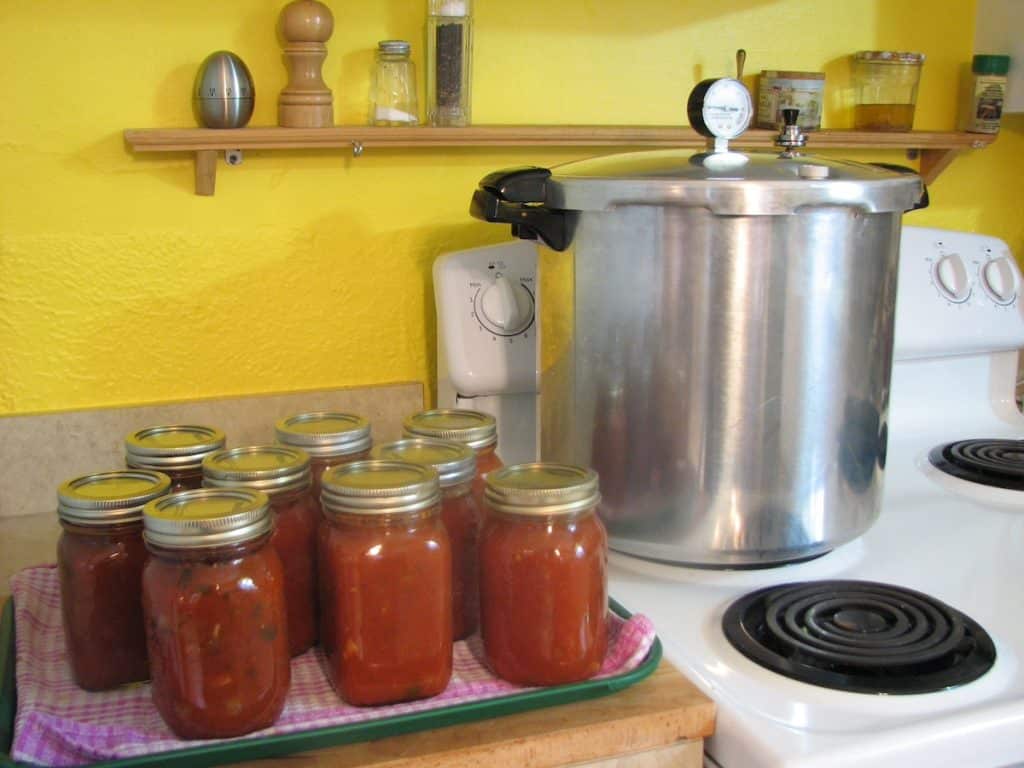
Dehydration
Dehydration is also an interesting way to preserve tomatoes. Although it is possible to do this in the oven, using a dehydrator is more efficient and less energy-intensive. I usually dehydrate thinly sliced tomatoes sprinkled with homemade herb salt to make delicious “chips” that can be enjoyed guilt-free.

All photos in this article are by Lili Michaud.
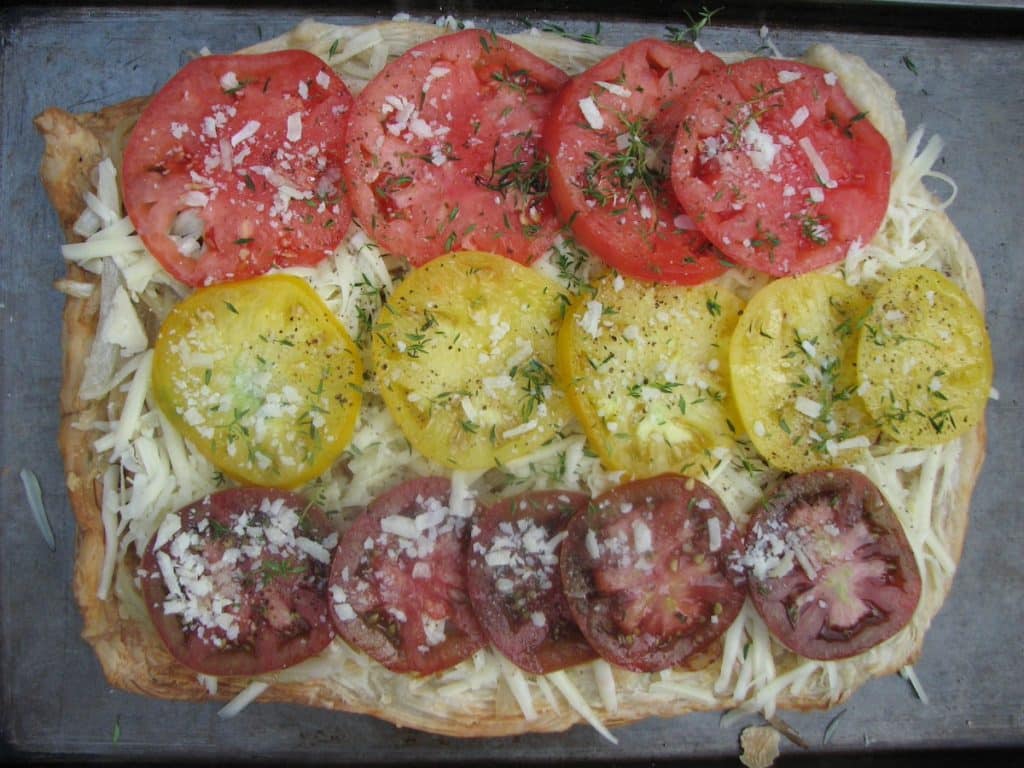
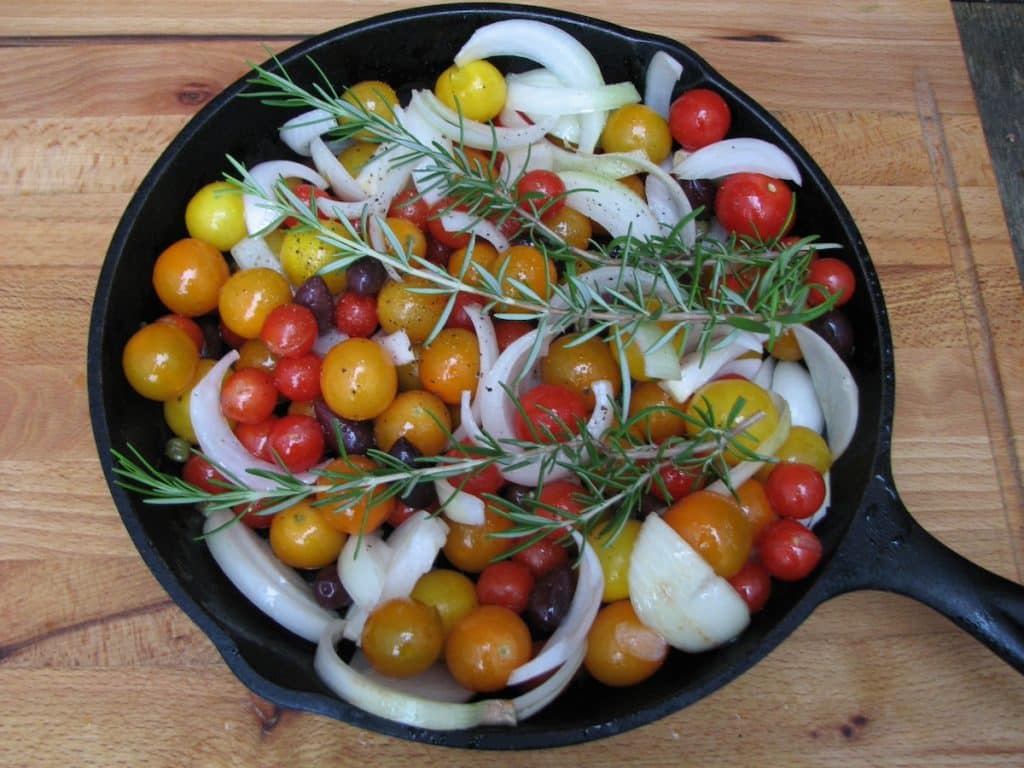
Great advice thanx
Please describe the making of your homemade herb salt .